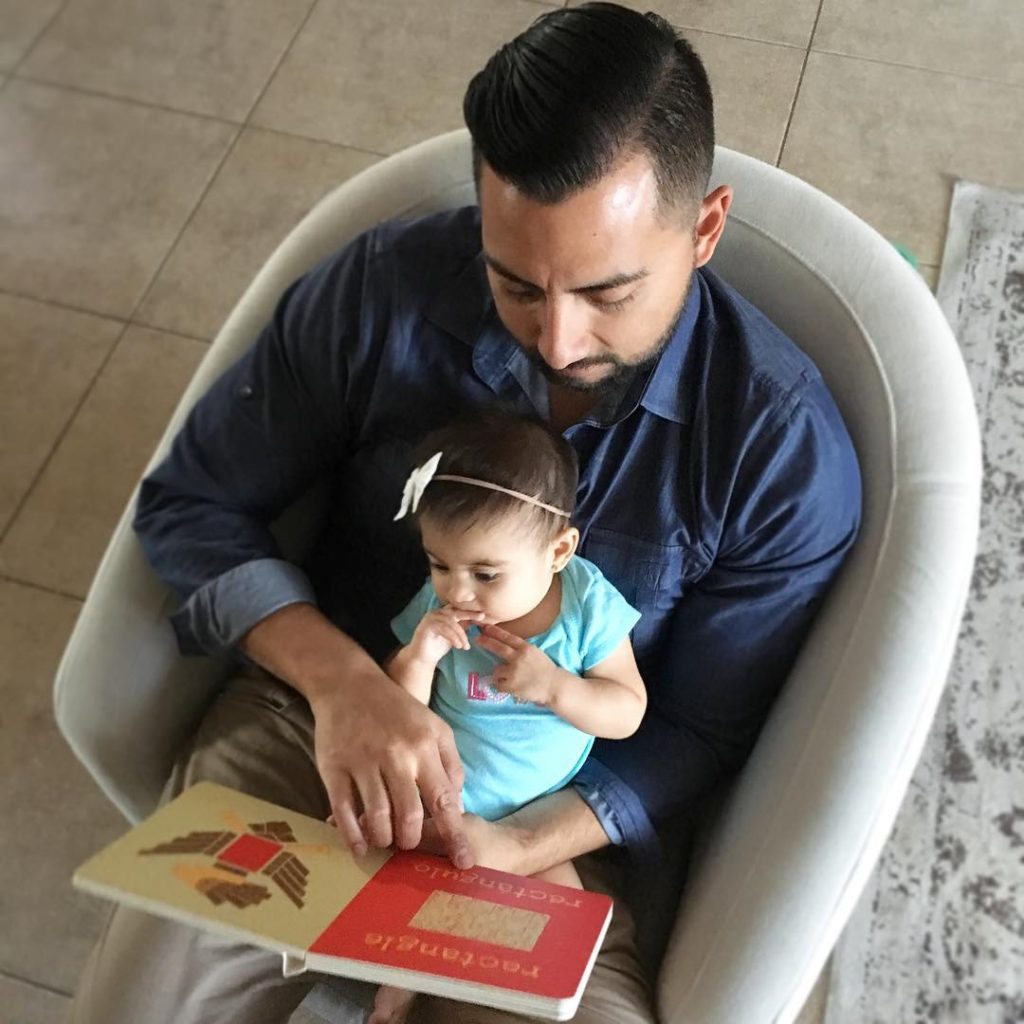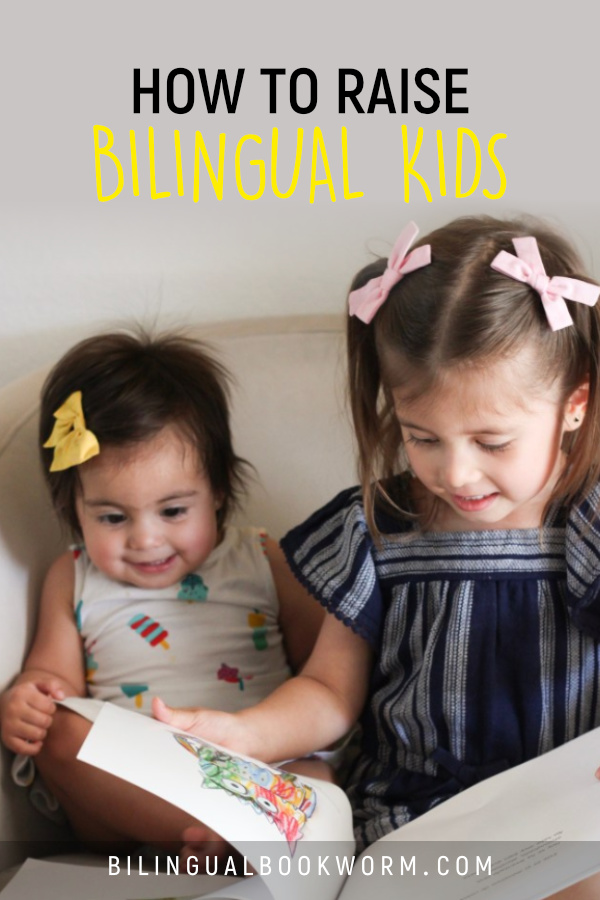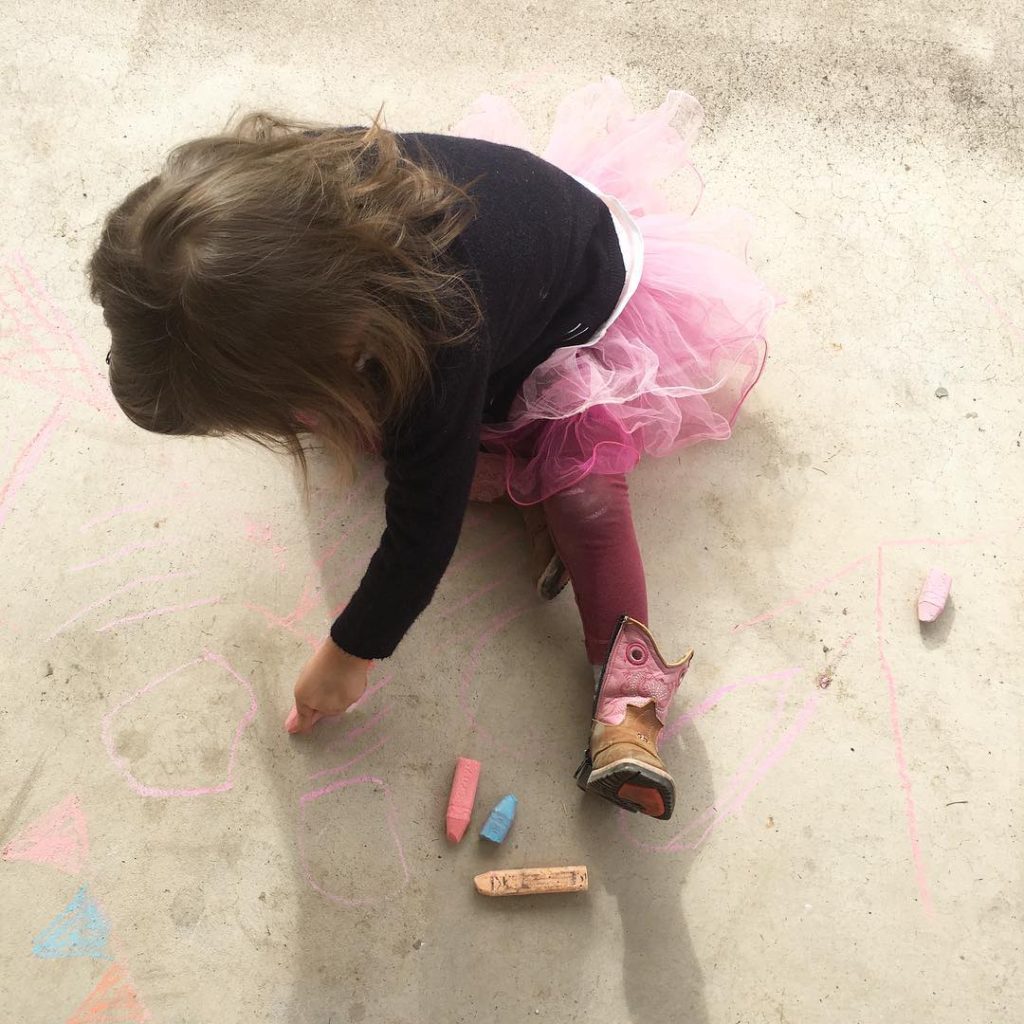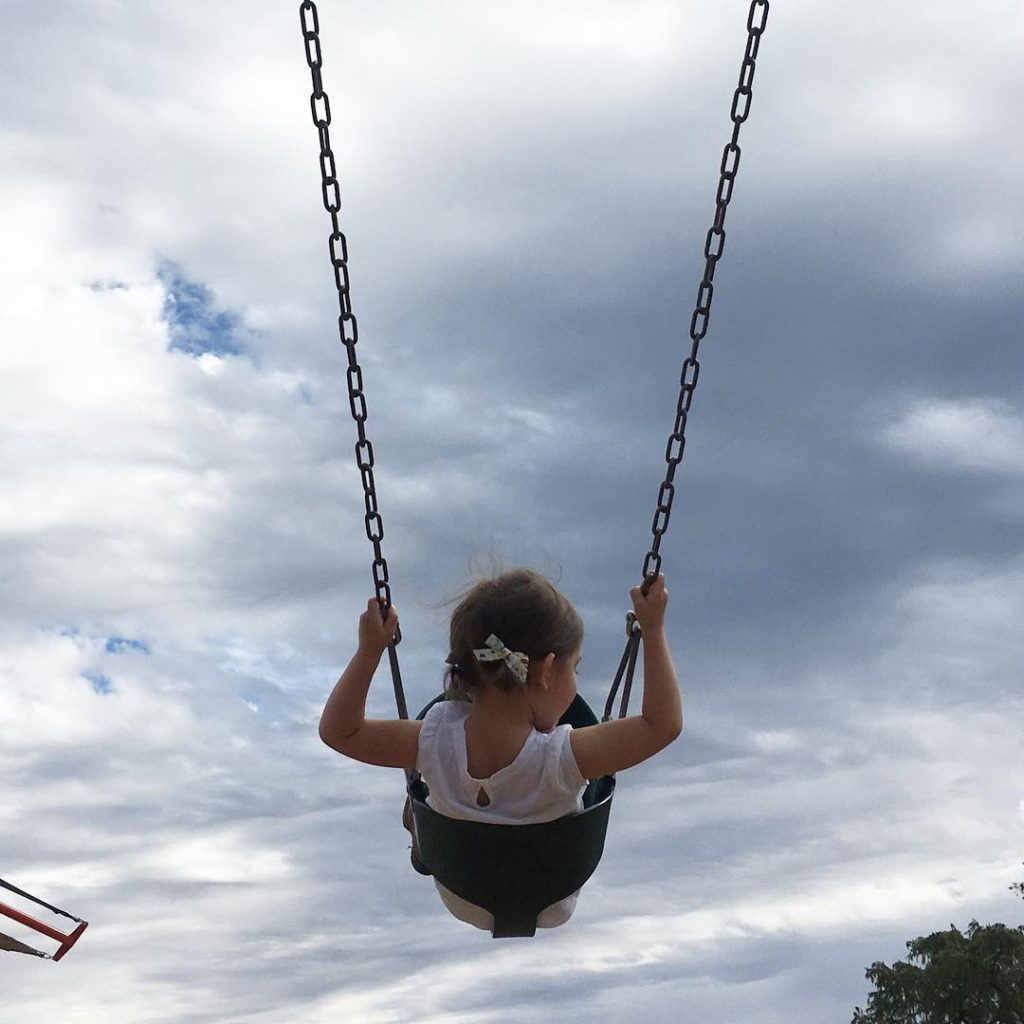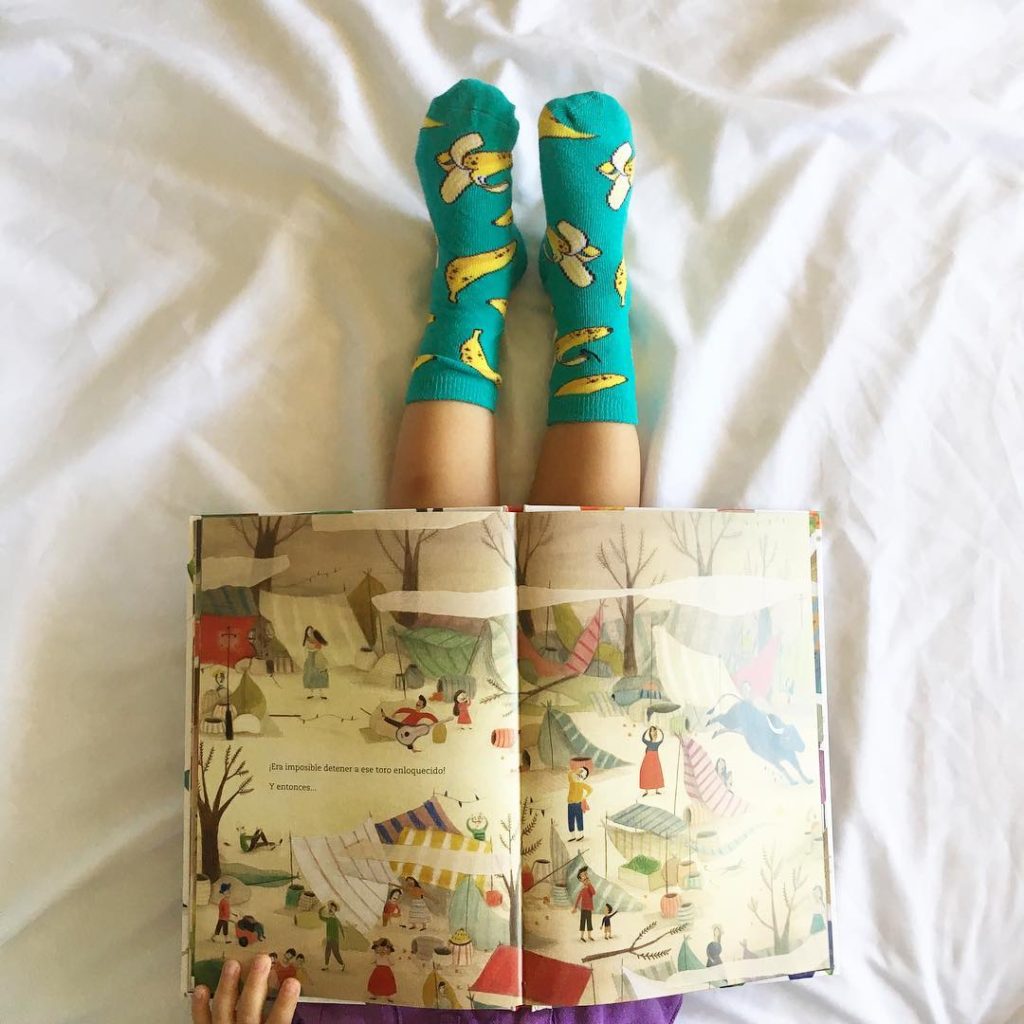One Thing That’s Changed How I Parent
A couple of weekends ago, I went to a parenting workshop. For 5 hours on a Saturday, I sat in a room full of parents trying to learn how to be better, more loving, more patient.
(As a side note, when the presenter asked how many people were parenting 3-year-olds, about half the room raised a hand, haha).
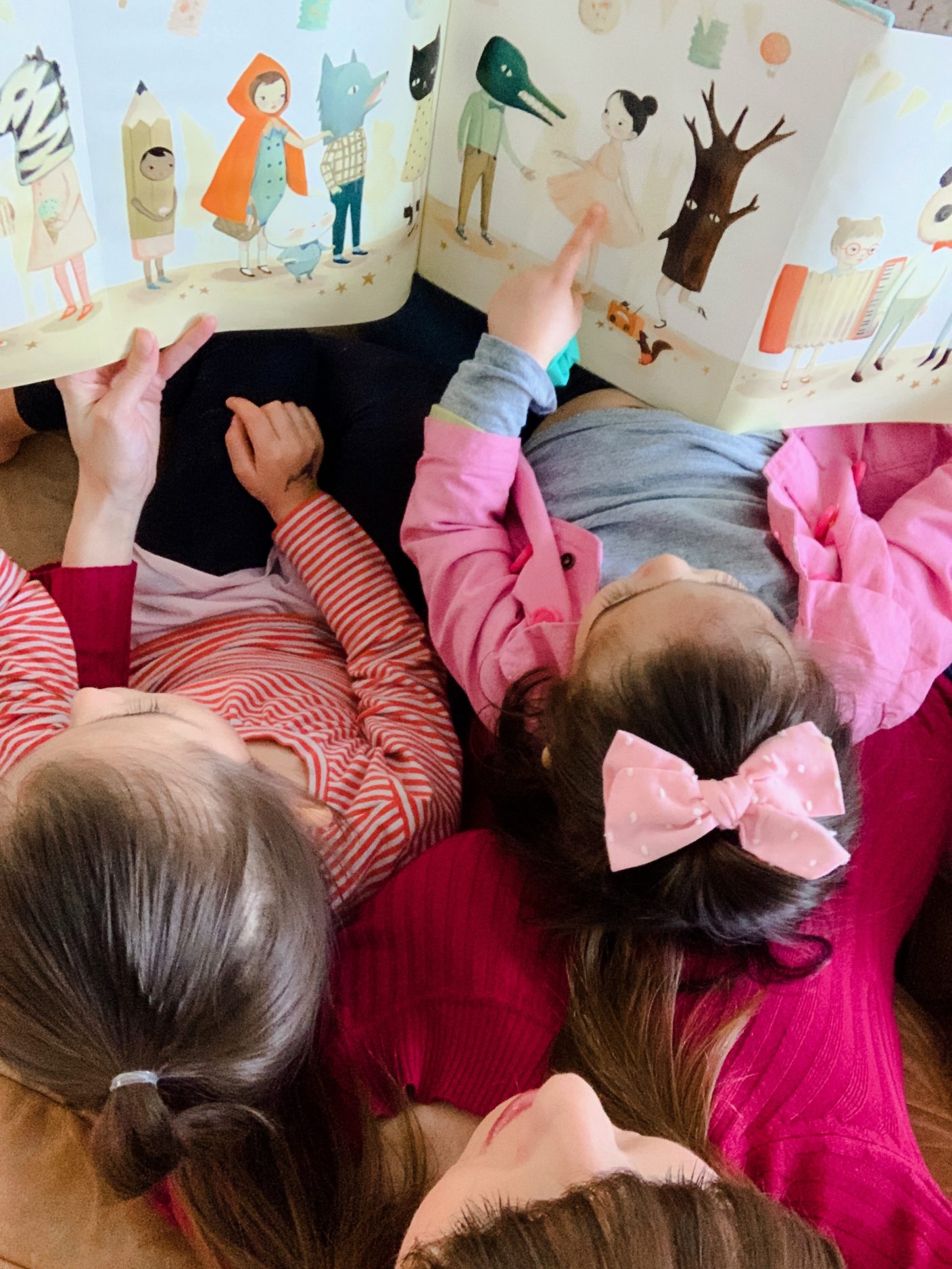
Everything she said was really fantastic, but one thing stuck out to me more than anything. She said that as parents, we tend to look at a field full of flowers and find the ONLY weed.
What she meant by that was that our kids know that at times, the best way to get our attention is to misbehave. Even if it’s not positive attention, it’s still attention! I mean, we’re yelling but at least we’re responding to them! And occasionally that’s what they desperately want.
So our job as parents is to look through all of the “noise” (as she called any not-great behavior) our kids are creating and find a good behavior that we want to reinforce, and then REALLY pay attention to that behavior. We respond when they’re acting great, we encourage more nice behavior, we praise the kid, the whole thing! In other words: we look through a field full of weeds, and then find the only flower… and then water it!
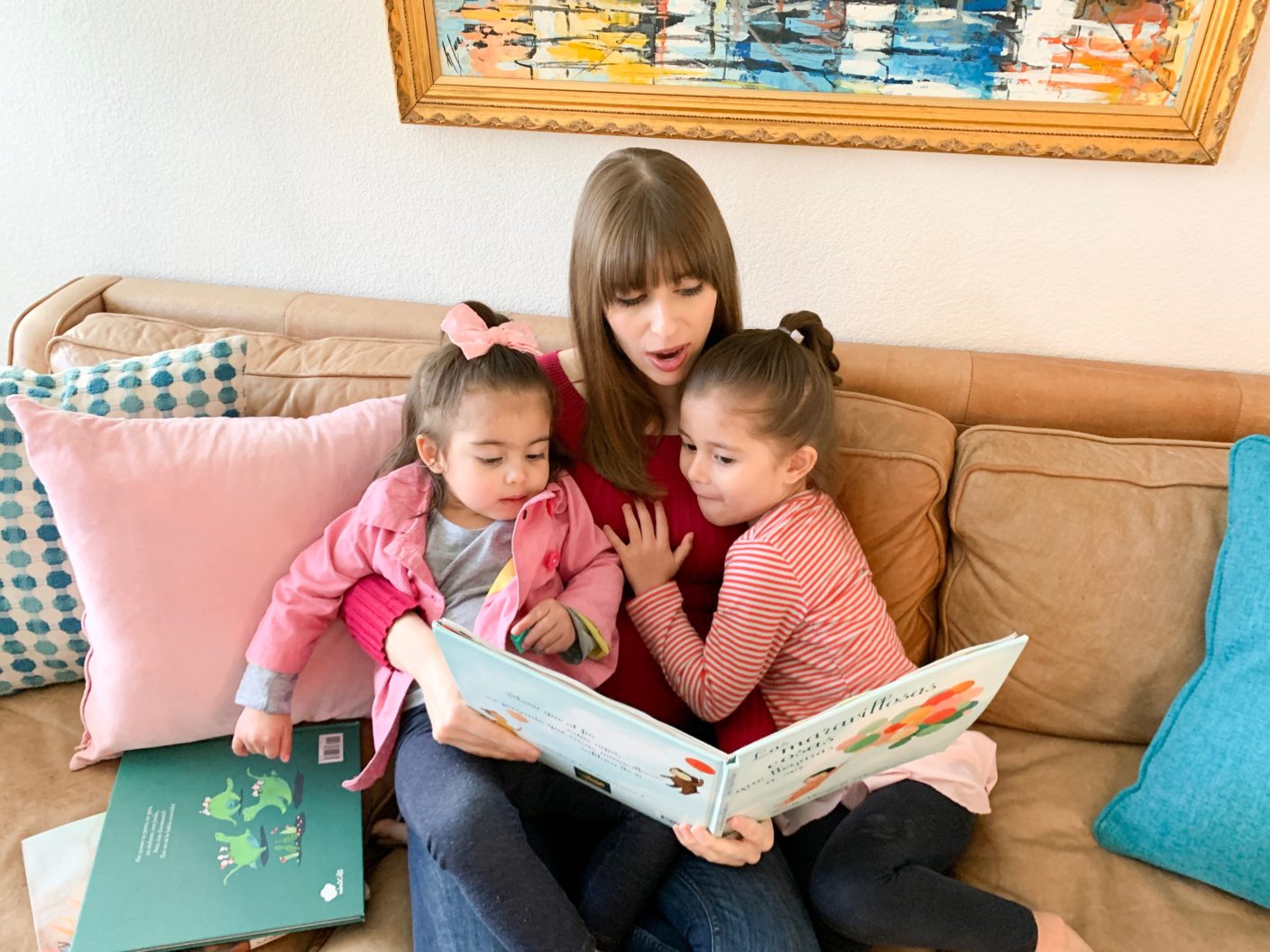
I was thinking about this wisdom so much as I sat down to write this blogpost. That’s because today I want to highlight another of the great strategies from Read on Arizona’s Smart Talk campaign: RESPOND.
Of course, because Smart Talk is all about helping parents have quality back-and-forth conversations with our kids, “respond” in this case means “no dejes a tu hijo hablando solo”— nobody likes that! And even tiny babies can tell when they’re being listened to and getting a response.
But I think this skill is also bigger than just our conversations with our kids. Every day, we get the chance (usually manyyy times a day) to react and respond to what our kids say and do. So when we’re responding to the good behavior, the nice words (or any words, when our kids are tiny babies and just learning), we’re creating such motivation for them to keep doing that thing!
It wasn’t surprising to me that there was overlap between this parenting workshop and the Smart Talk resources & tools. After all, one of the main goals of Smart Talk is to help strengthen our parenting skills so we can help our babies and toddlers learn and develop at home. And the nice thing is that each of these strategies is so simple, but at the same time so significant.
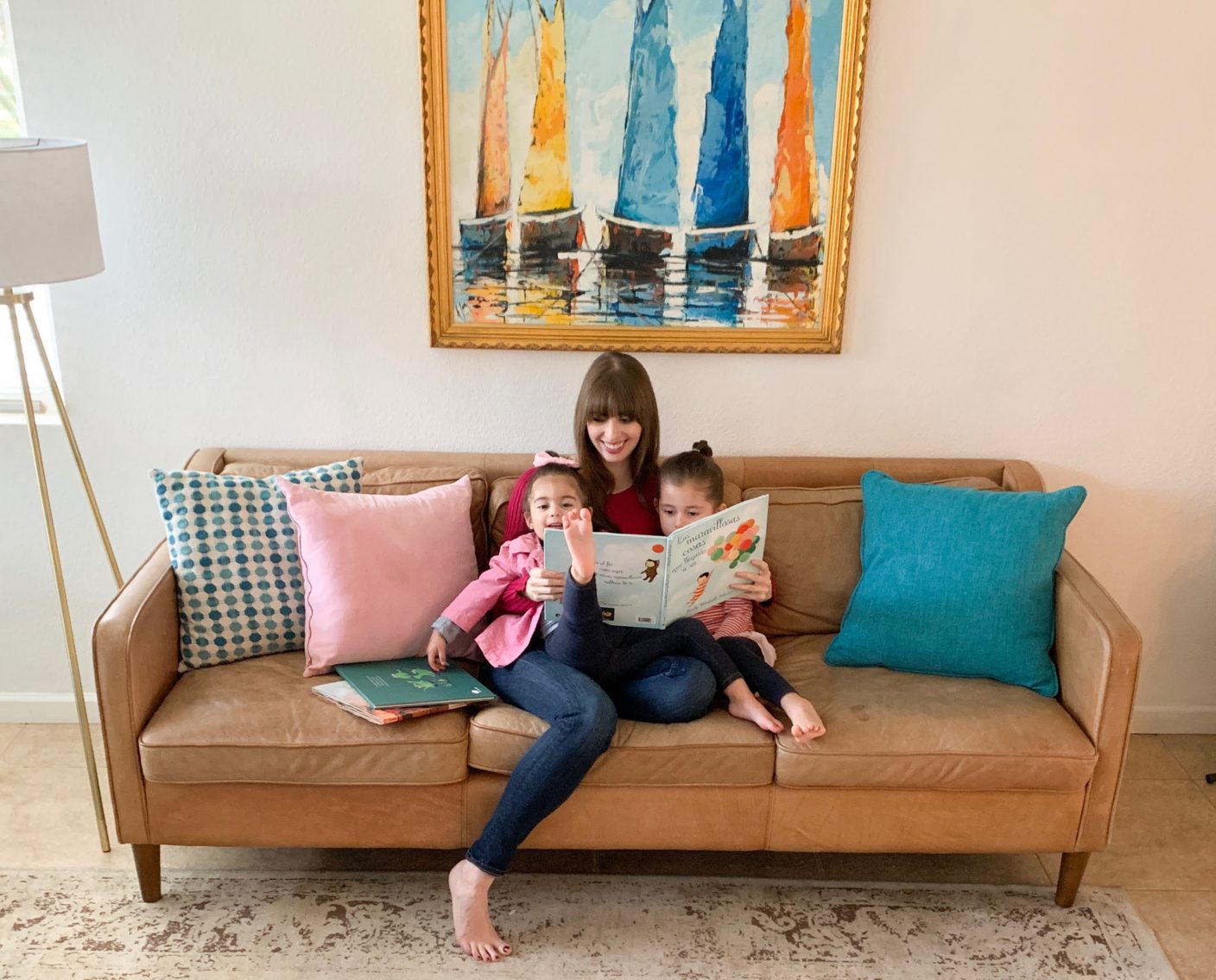
But it’s always nice to hear the same advice in different ways (especially when it’s great advice)! So this month I’ve been working on RESPONDING to my kids when they’re being delightful and sweet, and I can totally see a difference.
¿Quién se anima? Or is this something you’re already pretty good at doing with your kids? I’d love to hear!

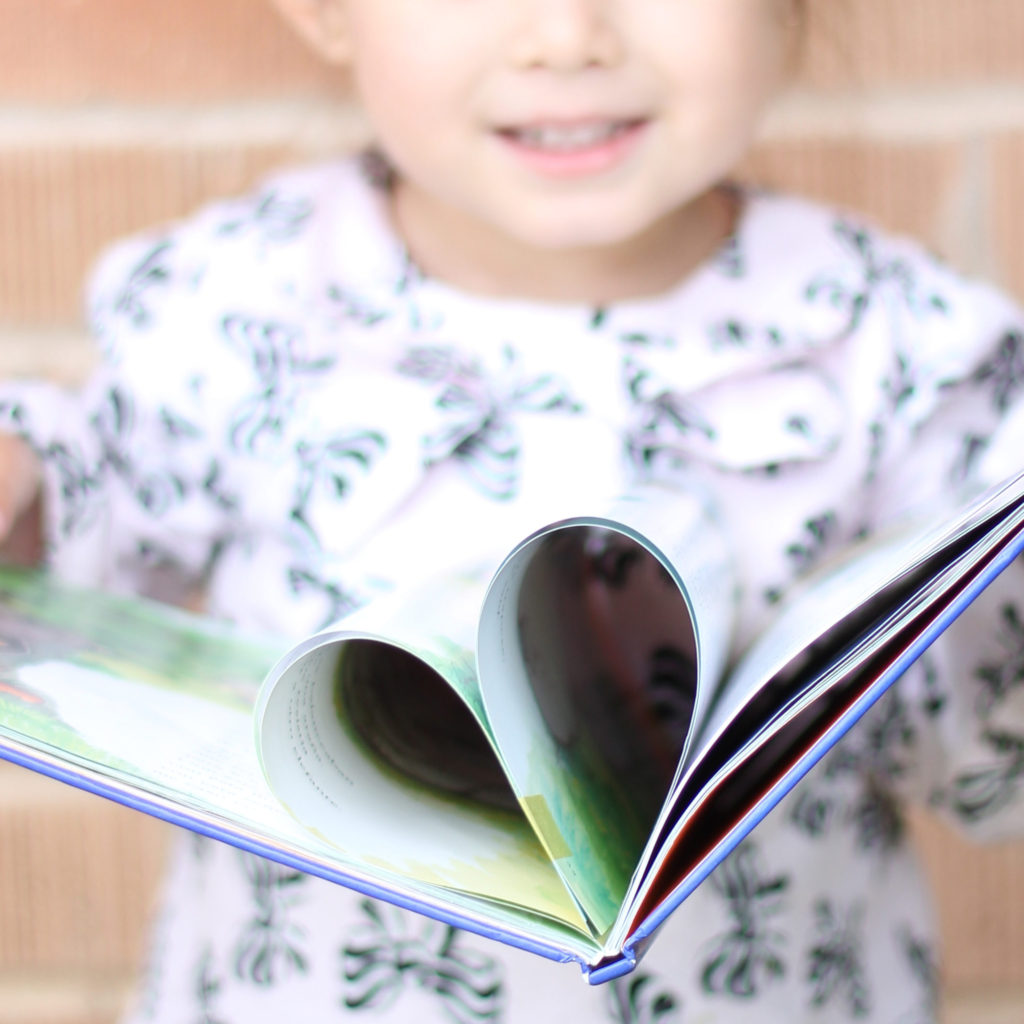
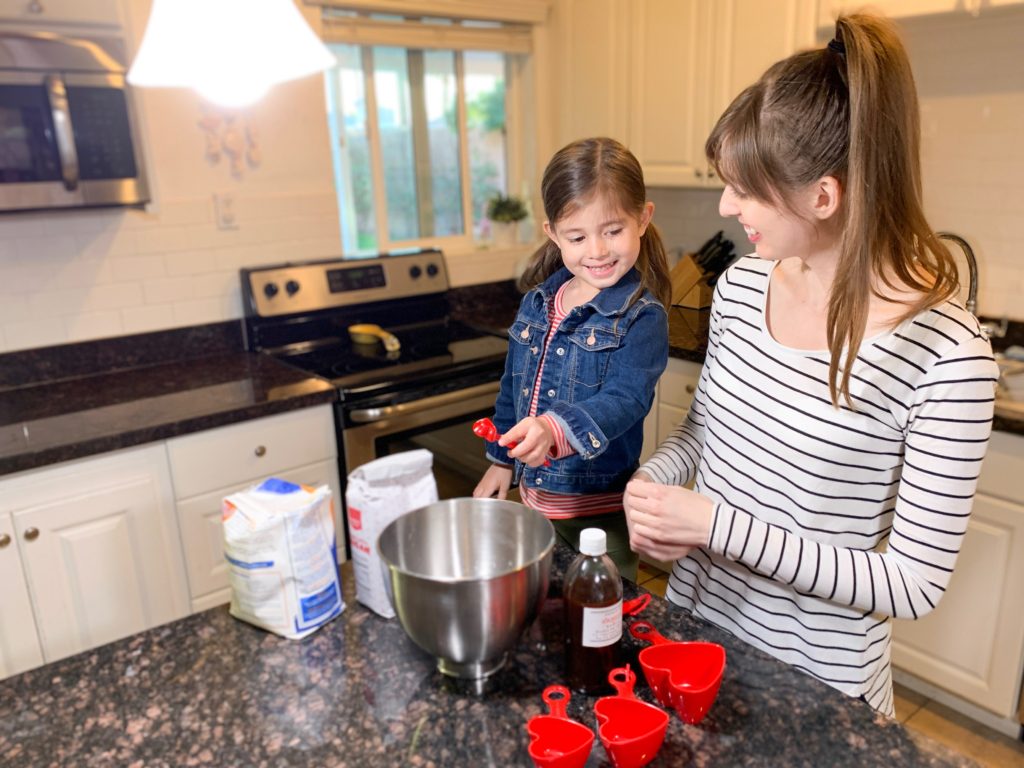
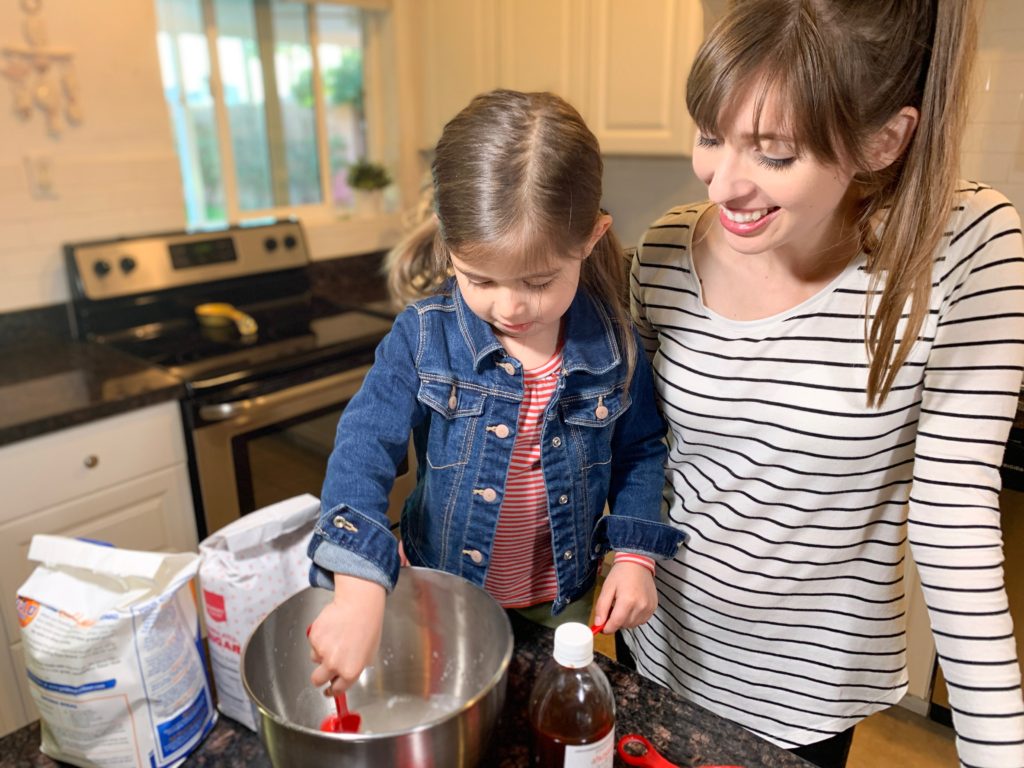
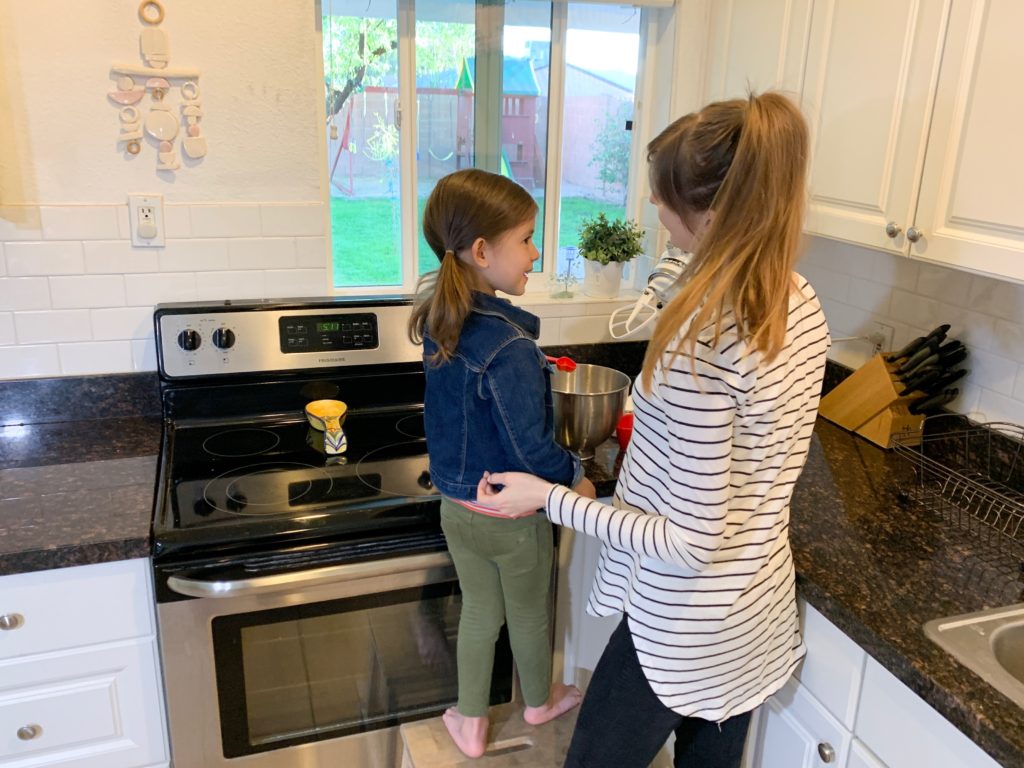
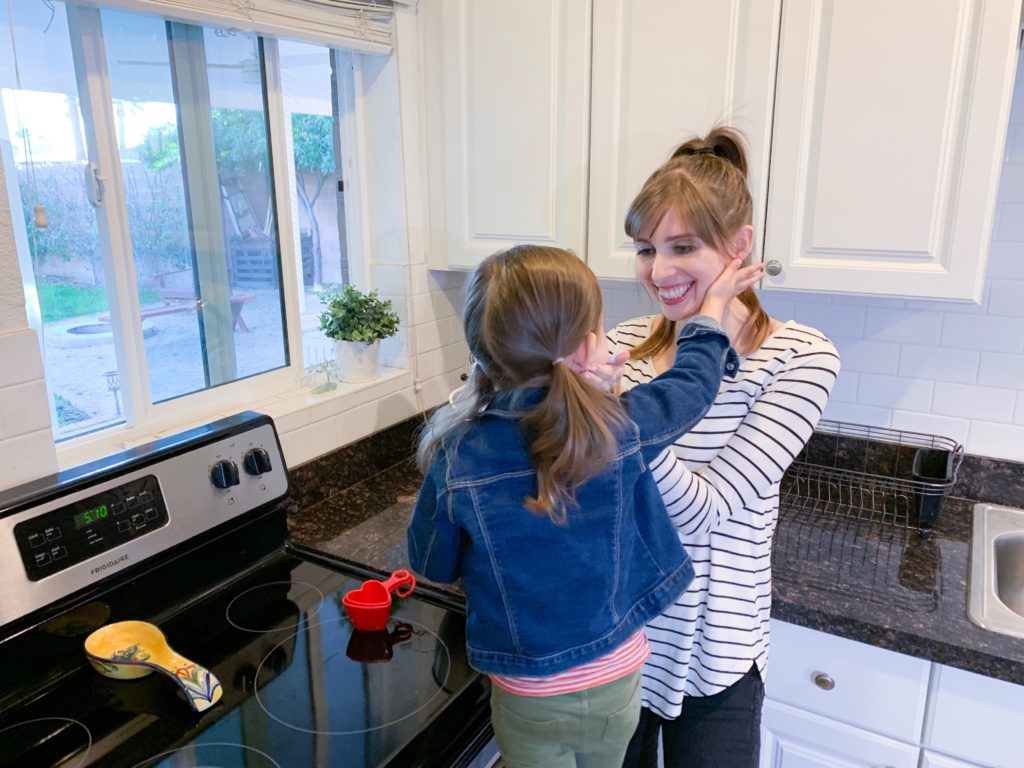

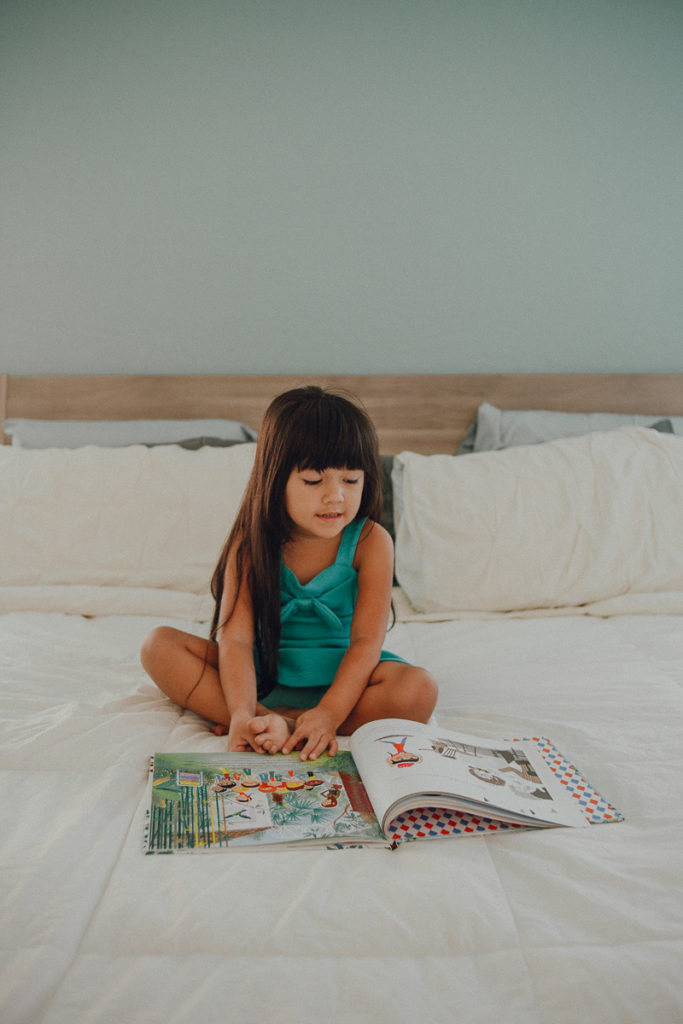
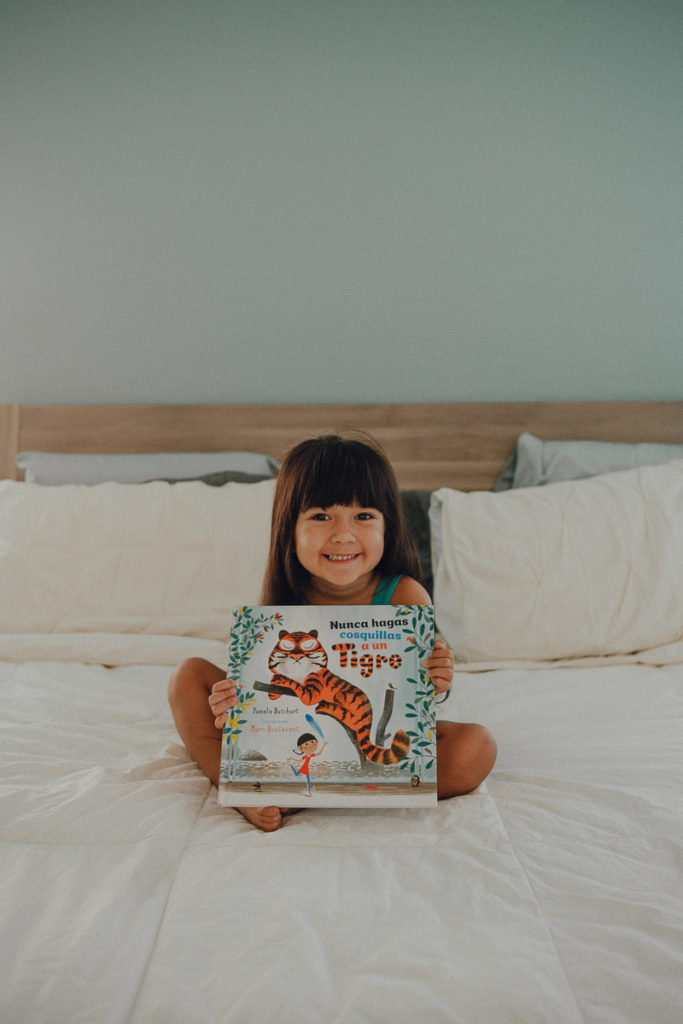
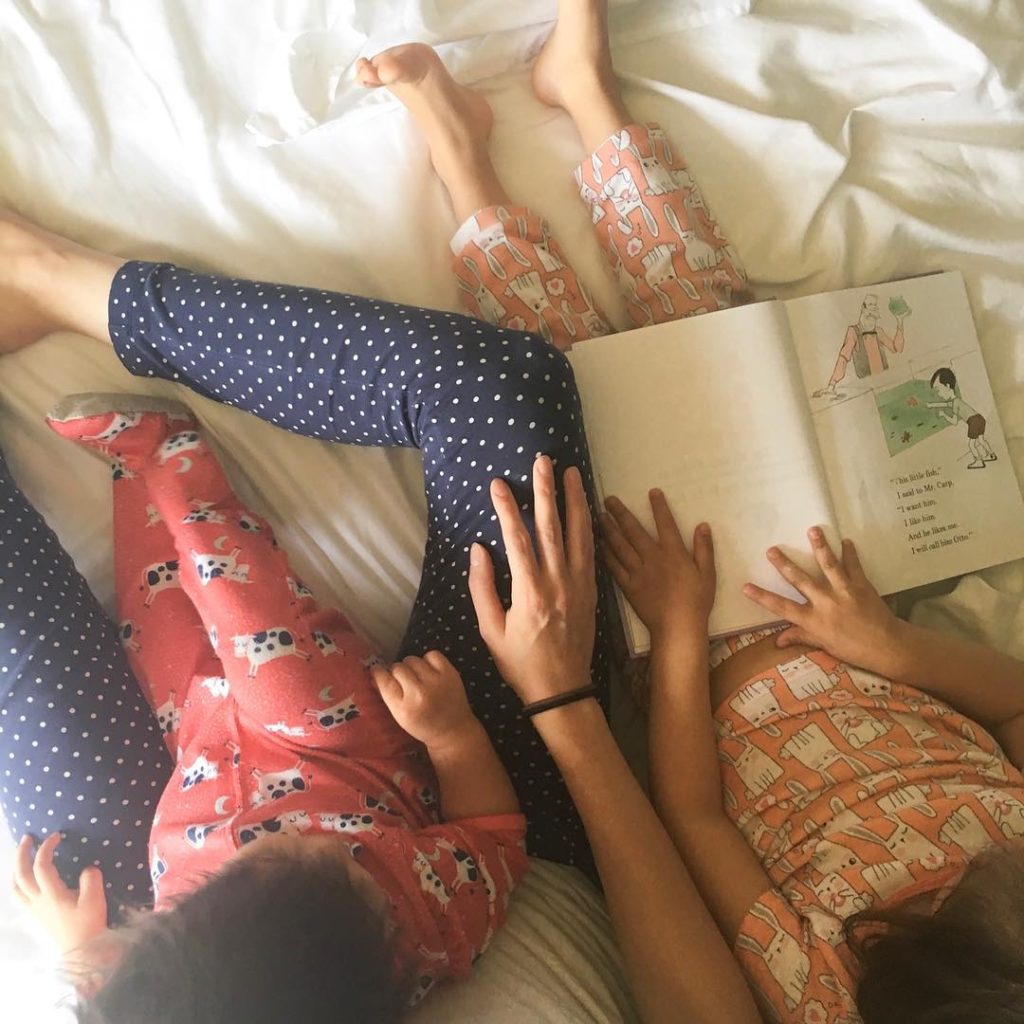 School starts this week for our Chiquita #1! It’s preschool, and she only goes twice a week for a few hours, but it still has a surprisingly big impact on our schedule to have to rush out of the house even two mornings a week. Now that we’re getting ready to say goodbye to summer, I realized that I’ve accidentally been doing slow parenting for the past month.
School starts this week for our Chiquita #1! It’s preschool, and she only goes twice a week for a few hours, but it still has a surprisingly big impact on our schedule to have to rush out of the house even two mornings a week. Now that we’re getting ready to say goodbye to summer, I realized that I’ve accidentally been doing slow parenting for the past month.
